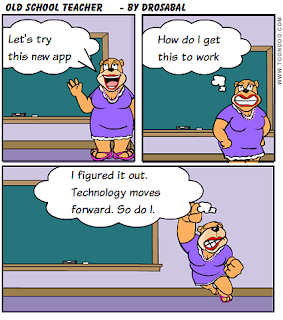As stated in Chapter 5 in our textbook, and as proven by our every day life, technology has changed completely the process of research. This post is a reflection of concepts such as keywords, information research and retrieval, and electronic note-taking.
Search engines are softwares that reach databases from different networks, like Google. Keywords are words or phrases used to refine our search to specific subjects. Therefore, online research might be quicker, and more direct than looking through a pile of books. Keywords allow us to target those websites that contain the information we are looking for. Information research and retrieval are skills that definitely must be taught in modern classrooms, together with proper ethics, as technology takes us in that direction. Puzzles and other educational games are good tools to practice and improve these skills, which are nothing more than the process of searching, locating, and filing.
Technology also facilitates recording and organizing research work. Electronic note-taking is a really convenient way of saving your findings, since with a click you can export your notes to word processor softwares, files, emails, and even presentational programs or applications.
I use my notes on my phone or tablet all the time. They are easy to find through the search spot feature by typing a keyword, and to apply to other uses, like sharing with others through messages, or emails.
References:
Maloy, Robert, Verock-O’Loughlin,Ruth-Ellen, Edwards, Sharon A., and Woolf, Beverly Park (2013). Transforming Learning with New Technologies. 2nd Edition. Boston, MA: Pearson Education, Inc.


